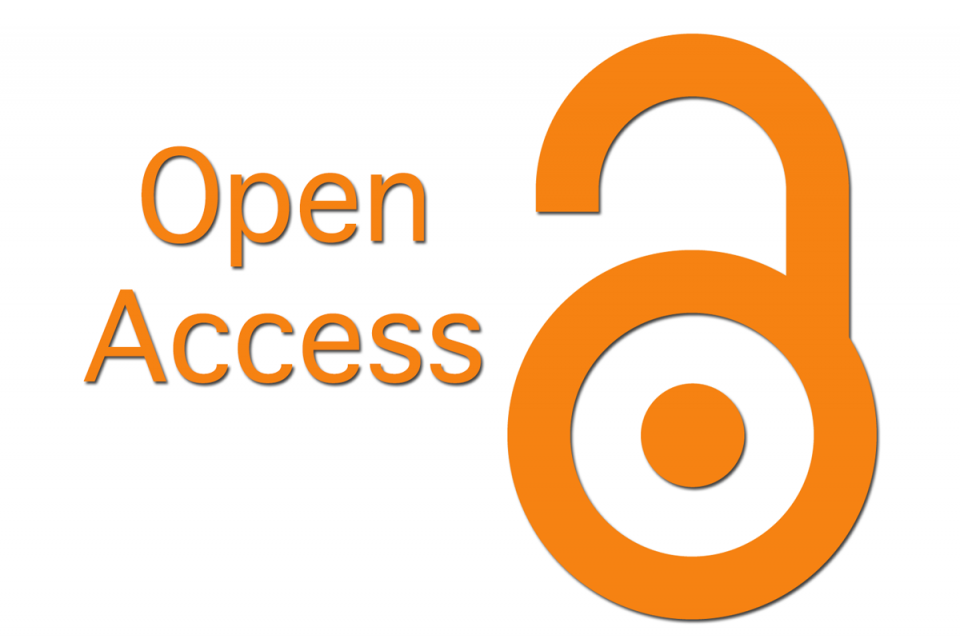“Madness As A Strategy: An Analysis Of Hamlet’s Use Of Feigned Insanity To Manipulate And Deceive”
DOI:
https://doi.org/10.48047/8dt9rc40Keywords:
Hamlet’s Madness, Antic Disposition, Feigned Madness, Insanity, Question of Madness, Performativity.Abstract
Shakespeare’s Hamlet is one of the most famous tragic characters in the world literature, and with him, THE QUESTION OF HIS MADNESS TOO. An exploration of Hamlet's madness can be structured around three key perspectives: the nature of his madness, the influence of his delirious associations on how he perceivesother characters, and the implications of his playfulness. Hamlet exemplifies a blend of madness and steadfast wisdom. Though seemingly fragile, this wisdom emerges as the dominant force steering his actions.
Downloads
References
Ahmed Mabkhoot, A. K. (2024). Morality and craft of insanity in hamlet character. World Journal of Advanced Research and Reviews .
Ali, Y. H. (2024). Counter Discourse in Shakespeare’s Hamlet. Comparative Linguistics, Translation and Literary Studies .
Al-Shraah, S. (2018). Polonius in Shakespeare’s Hamlet: A Conspirator or a Victim . English Language and Literature Studies.
Downloads
Published
Issue
Section
License

This work is licensed under a Creative Commons Attribution 4.0 International License.
You are free to:
- Share — copy and redistribute the material in any medium or format for any purpose, even commercially.
- Adapt — remix, transform, and build upon the material for any purpose, even commercially.
- The licensor cannot revoke these freedoms as long as you follow the license terms.
Under the following terms:
- Attribution — You must give appropriate credit , provide a link to the license, and indicate if changes were made . You may do so in any reasonable manner, but not in any way that suggests the licensor endorses you or your use.
- No additional restrictions — You may not apply legal terms or technological measures that legally restrict others from doing anything the license permits.
Notices:
You do not have to comply with the license for elements of the material in the public domain or where your use is permitted by an applicable exception or limitation .
No warranties are given. The license may not give you all of the permissions necessary for your intended use. For example, other rights such as publicity, privacy, or moral rights may limit how you use the material.








